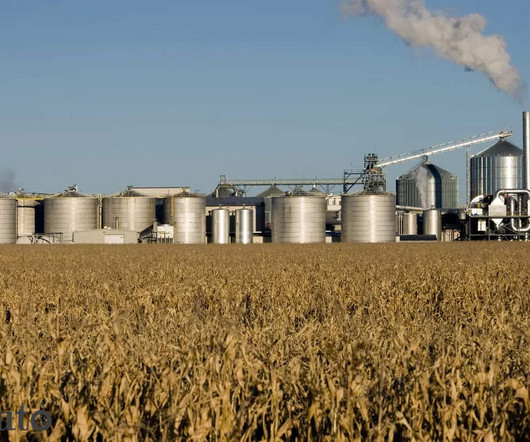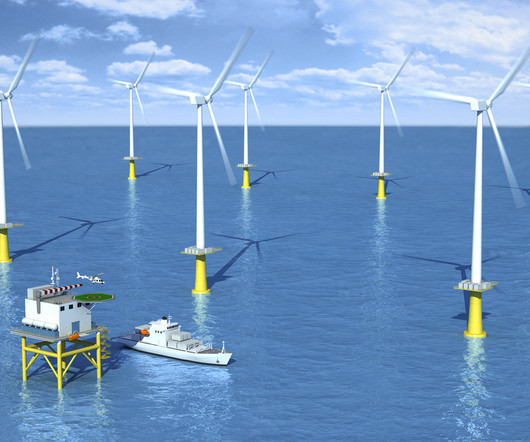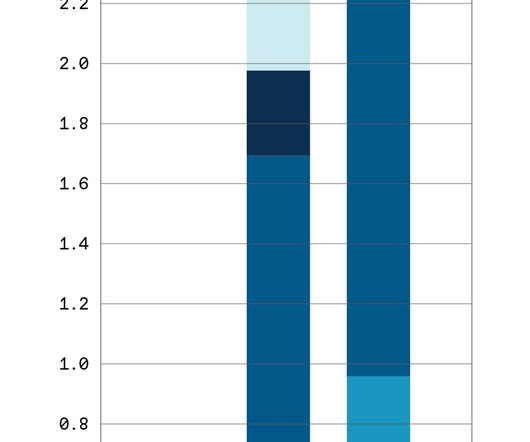Researchers Develop More Efficient Thermocells for Low-Grade Waste Heat Recovery
Green Car Congress
FEBRUARY 20, 2010
Research on utilizing low-grade heat from sources such as industrial waste streams, geothermal activity, and solar heating has focused on using solid-state thermoelectrics and Stirling engines to harvest low-grade waste heat as electrical energy. In fact, it was previously predicted that a power conversion efficiency of 1.2%



































Let's personalize your content